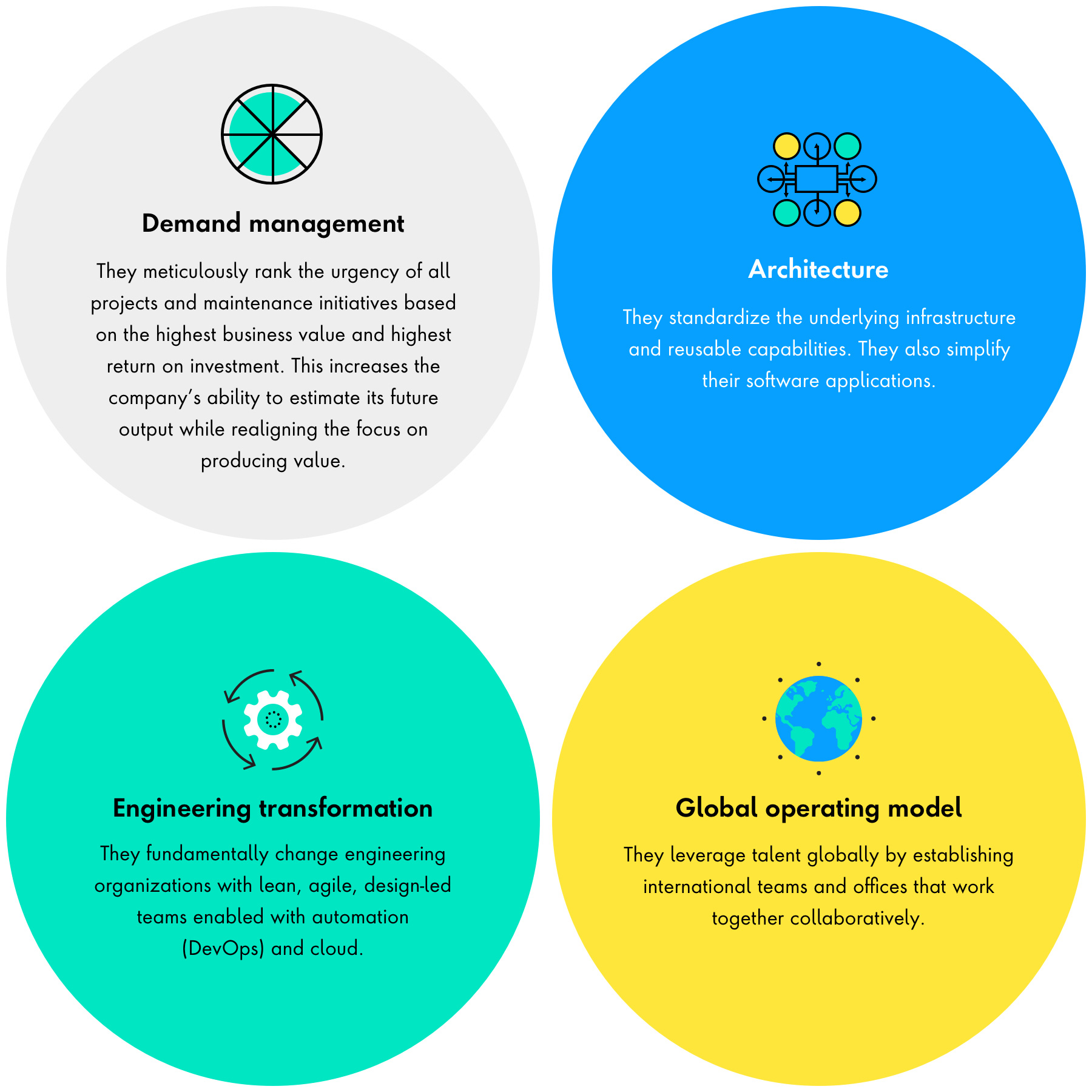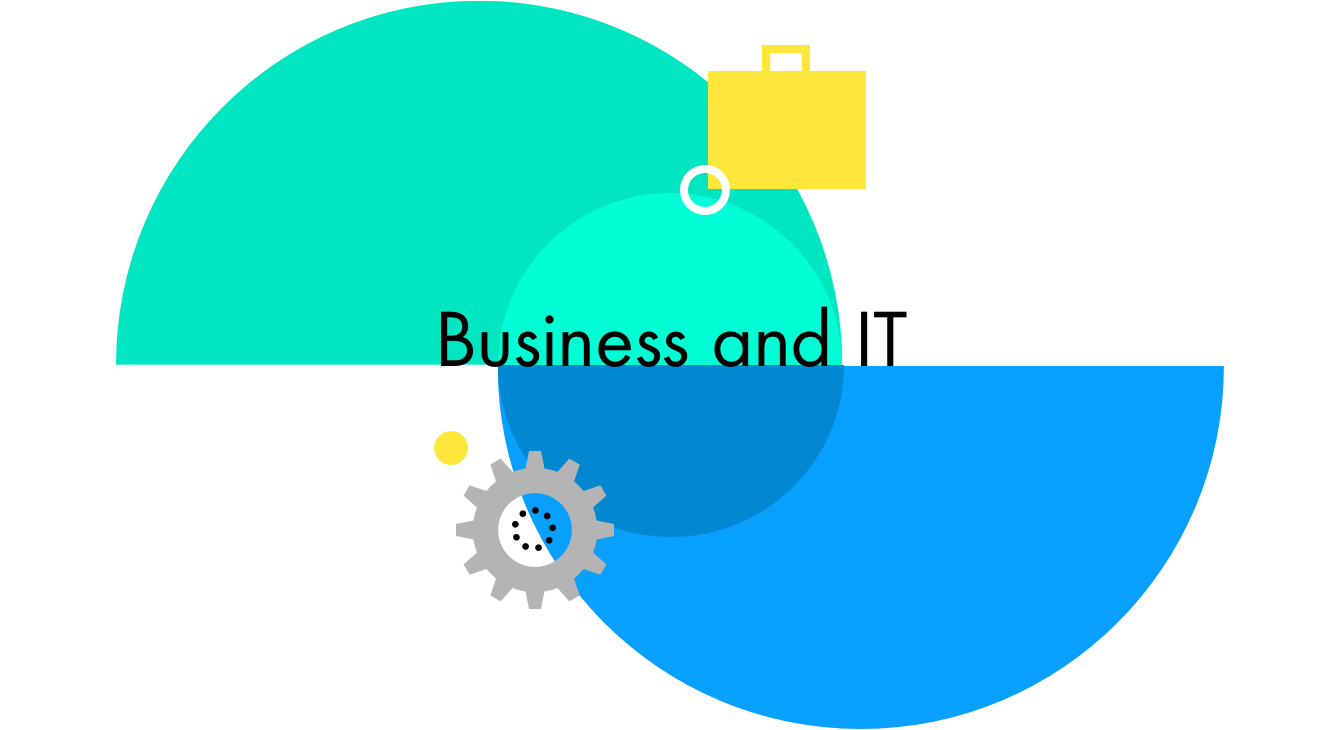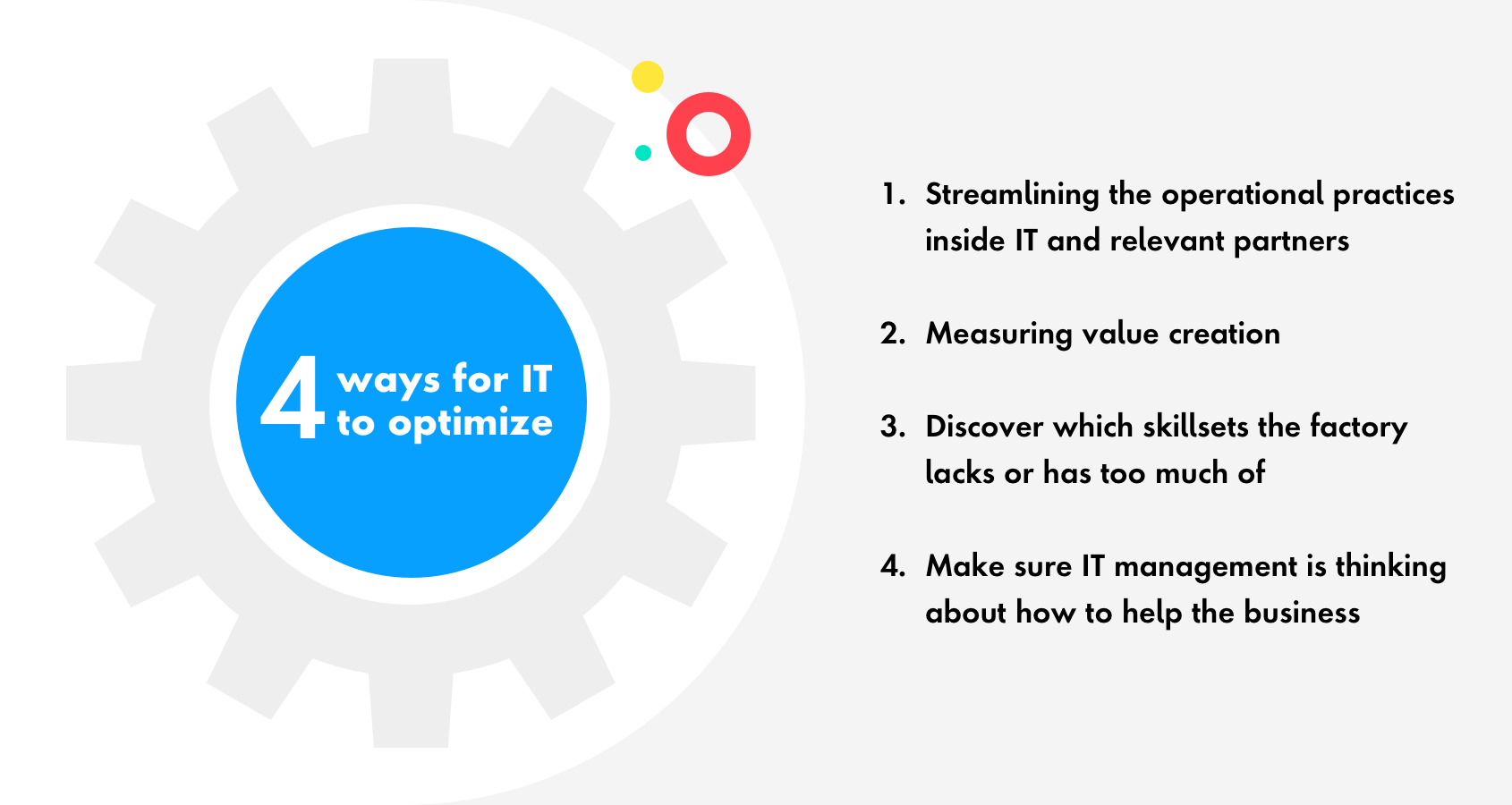What issue can we solve for you?
Type in your prompt above or try one of these suggestions
Suggested Prompt



Financial Services
Strategic Cost Reduction in Financial Services
Strategic Cost Reduction in Financial Services
IT Performance Optimization
Businesses traditionally looking to cut costs will target information technology. There is a way to trim the IT budget for greater efficiency, but it’s important that any changes are thoughtful and precise.
Sure, an institution could save money quickly by cutting staff or offshoring the entire operation, but at what price? Banks don’t just want to reduce costs. The entire process should move the institution toward becoming leaner and more efficient.
Where to focus
The leading financial services IT development and engineering organizations are optimizing around four key areas:

At Publicis Sapient, we have an approach for optimizing IT performance that kicks off with a two-day walkthrough to identify potential savings and prioritize great opportunities. We get our partners on track for a high-level transformation program to improve design and increase productivity.
It’s important for companies to understand what they value when serving customers and optimizing our technology capabilities around that customer value. Financial institutions either need the in-depth engineering to execute or team up with a digital transformation partner that has those deep skills and resources.
Two worlds
Technological transformation can be split into two main components:

The first side of the coin is how the businesses side thinks about investing in technology. What will they fund? How will they fund it? When will they fund it? And how will they ultimately capitalize on these expenditures? This creates demand for engineers.
The second side of the coin is how IT then delivers against that demand.
Though this is the engine that drives transformation, there’s a dichotomy. Businesses always want more and IT conforms to their demands so it’s not as well-managed as it could be.
In order to develop an IT department that drives down costs, increases capability and improves quality, it’s important to understand where value is already being created. Then businesses can streamline the activities that are delivering value with other technology capabilities or process changes in the engineering organization. This could include interdisciplinary teams known as PODS and DevOps capabilities.
It’s also important for businesses to identify which activities are wasteful and take steps to eliminate them.
New structures
It’s important for team members to receive cross-training on a variety of products and application. Otherwise, it’s fairly common for bottlenecks to occur when the sole expert in a subject at your organization is in high demand or out of the office.
Demands fluctuate and resource allocation can change. Having multi-talented team members who have the skills to be productive on a variety of applications and subjects can help companies to avoid this problem.
With a clear view of the value chain, people can implement enablers that take away the bad things and make the good things even better. There are four ways for IT to optimize their factory:

It’s important to optimize the demand side as well. The business should work on its own set of operational processes, metrics and incentives, skillsets and mindsets. These should be closely aligned with the supply side.
In fact, it might be worth considering joint-agile teams that don’t look like business or IT. To establish effective dashboards, it might be worth asking what are the mindsets and capabilities that need to be consistent across those two areas. This holistic approach could actually create a culture of collaboration.
The set of capabilities needs to enable governance and metrics that funnel and manage funding between business and IT on a consistent basis.
Typical engineering teams might turn applications over to operations for maintenance after development. But this process needs to be reimagined. By establishing multi-year teams that build minimally viable products (MVPs) and then continue to work on them throughout the years, businesses can create much better experiences for their employees and customers.
But such transformational change requires an entirely new way of funding those teams and most importantly a new mindset.
The real challenge
When trying to transform a company, you are bound to encounter difficult people who lambaste innovative ideas from a position of fear because they don’t understand how to operate in the new world. Majority of the business unit leaders and IT professionals resist change because they’ve been managing in the same way for decades.
They don’t know what becoming agile means. They don’t understand the importance of failure or iteration. You can’t make a plan that goes five years out and expect that to be the reality five years from now. That’s why some highly respected, established institutions have seen their stock prices nose dive in recent years.
To their credit, many in financial services understand this problem even if they fail to absorb its lessons. Instead, they pass the buck and try to climb the corporate ladder while their business teeters closer toward obsolescence.
That’s why business leaders come in with a bright, optimistic five-year plan that follows a hockey-stick line chart, in which profit and productivity increases sharply following a few years of dormancy or temporary loss. Without a hockey-stick design you won’t get the funding, so they angle for promotions or new jobs before reaching the anticipated uptick – which doesn’t arrive more often than not.
By focusing on IT performance optimization, service operations improvement and spend intelligence and analytics, financial institutions will have a much better chance to reap rewards.
Read the rest of the series:




